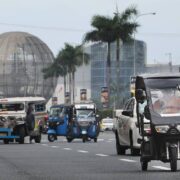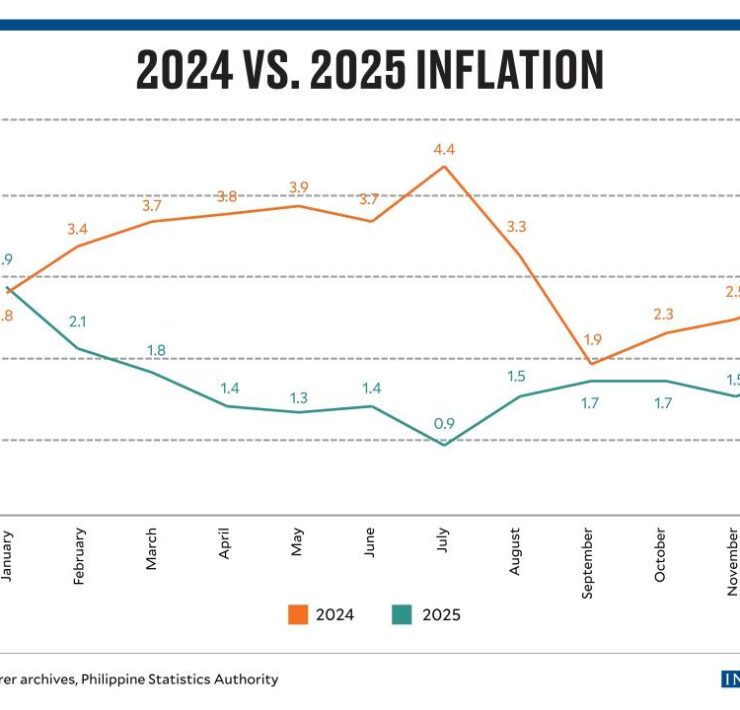Severe weather conditions could hurt Q4 economic growth

Earlier this month, the Philippine Statistics Authority disclosed that third quarter gross domestic product (GDP) expanded by 5.2 percent year-on-year.
Growth was disappointing, as it was much slower than the 6.4-percent increase registered in the second quarter and the 6-percent improvement posted during the same period last year. It was also way below consensus estimate of 5.7 percent.
Despite the Bangko Sentral ng Pilipinas’ ongoing easing cycle and signs that inflation is on the way down, we are worried that fourth quarter GDP growth could stay weak because of poor weather conditions.
Note that one of the reasons for the country’s weaker-than-expected third quarter economic growth was poor weather conditions.
This was highlighted by National Economic and Development Authority Secretary Arsenio Balisacan in his press statement on the Philippines’ economic performance for the third quarter.
From July to September, the agriculture, forestry and fishing sector posted a year-on-year decline of 2.8 percent, a reversal from the 0.9-percent growth posted a year ago.
Note that the agriculture, forestry, and fishing sector accounts for around 8 percent of GDP.
Balisacan attributed the poor performance of the sector to the impact of the El Niño phenomenon during the planting season and the effects of eight typhoons, in addition to the habagat, during the harvest season.
Meanwhile, government consumption increased by only 5 percent after going up by 11.9 percent in the second quarter and 6.7 percent during the same period in 2023.
This materialized as successive typhoons in the third quarter suspended work in government and some private offices leading to administrative delays and supply chain disruptions.
Unfortunately, weather conditions are even worse in the fourth quarter. Since October, there have already been a total of six typhoons that entered the Philippine area of responsibility (PAR).
In contrast, there were only two typhoons that entered PAR during the last three months of 2023.
Moreover, the recent typhoons were very strong leading to significant damage. According to the National Disaster Risk Reduction and Management Council, the total damage to agriculture brought about by the past six typhoons amounted to P7.4 billion while total damage to infrastructure amounted to P13.5 billion.
In contrast, total damage to agriculture and infrastructure brought about by Typhoons “Jenny” and “Kabayan” in the fourth quarter of last year amounted to only P40,000 and P2.4 million, respectively.
The value of the damage is still expected to go up as the government has not yet finalized its assessment of the negative impact of Typhoons “Nika,” “Ofel” and “Pepito.”
Aside from hurting the agriculture sector and government spending, poor weather conditions could also hurt consumer spending.
The Department of Agriculture (DA) already said that prices of some vegetables are expected to remain high due to the numerous typhoons that traversed key farming areas this November.
As consumers need to spend more on food, they can only spend less on nonessential goods.
Because of severe weather conditions, the government will most likely miss its six to seven percent growth target for 2024.
Note that Balisacan said the economy needs to post at least a 6.5-percent growth in the fourth quarter to reach its full year target.
This now seems ambitious given the damage brought about by the recent typhoons.





















